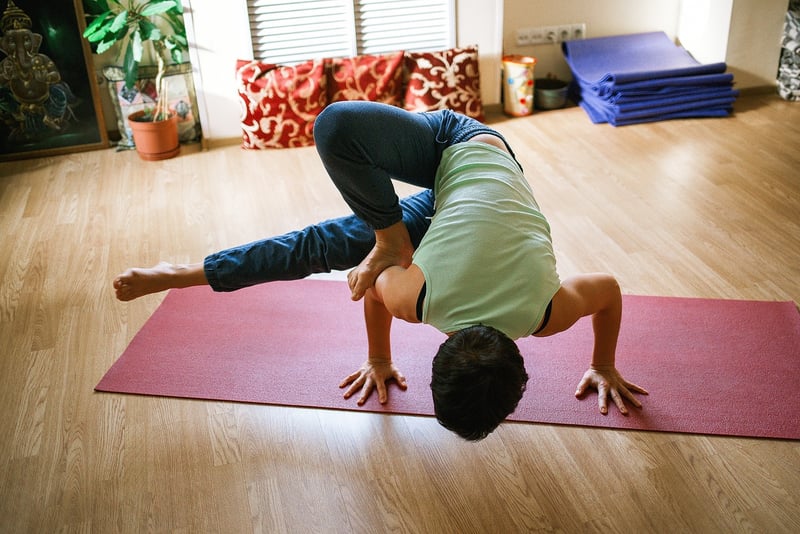Posture Alignment
Enhance Your Consciousness of Physical Sensations and Posture Alignment
Physical sensations and posture alignment play a crucial role in our overall well-being. Being mindful of how our body feels and ensuring proper alignment can lead to improved health, reduced pain, and increased energy levels. In this article, we will explore techniques to enhance your awareness of physical sensations and the importance of maintaining correct posture alignment.
The Significance of Physical Sensations
Our body constantly sends us signals through physical sensations. These sensations can range from pain and discomfort to pleasure and relaxation. By tuning into these sensations, we can better understand what our body needs and respond accordingly. Paying attention to physical cues can help prevent injuries, improve performance in physical activities, and promote a sense of well-being.
Techniques to Enhance Awareness
- Mindful Breathing: Start by focusing on your breath. Notice how your body moves with each inhale and exhale. This simple practice can help you connect with your body and increase awareness of physical sensations.
- Body Scan Meditation: Take time to scan your body from head to toe, noticing any areas of tension or discomfort. Acknowledge these sensations without judgment and breathe into them to release the tension.
- Yoga and Tai Chi: Engaging in practices like yoga and Tai Chi can help improve body awareness, balance, and flexibility. These disciplines emphasize mindful movement and can enhance your connection to physical sensations.
The Importance of Posture Alignment
Posture alignment refers to the correct positioning of the body while sitting, standing, or moving. Poor posture can lead to muscle imbalances, joint pain, and decreased mobility. By maintaining proper alignment, you can prevent strain on your muscles and joints, improve breathing and circulation, and boost your overall confidence.
Tips for Better Posture
- Sit and Stand Tall: Keep your shoulders back, chin parallel to the ground, and spine straight when sitting or standing. Avoid slouching to prevent strain on your back and neck.
- Support Your Lower Back: Use a cushion or lumbar roll to support the natural curve of your lower back when sitting for extended periods.
- Take Breaks: If you work at a desk, remember to take regular breaks to stretch and change positions. This can help prevent stiffness and muscle fatigue.
By incorporating these techniques into your daily routine, you can enhance your consciousness of physical sensations and improve your posture alignment. Listen to your body, practice mindfulness, and make small adjustments to support a healthier and more aligned you.
Remember, a little awareness can go a long way in nurturing your body and mind!



Images Source: Pixabay.com
